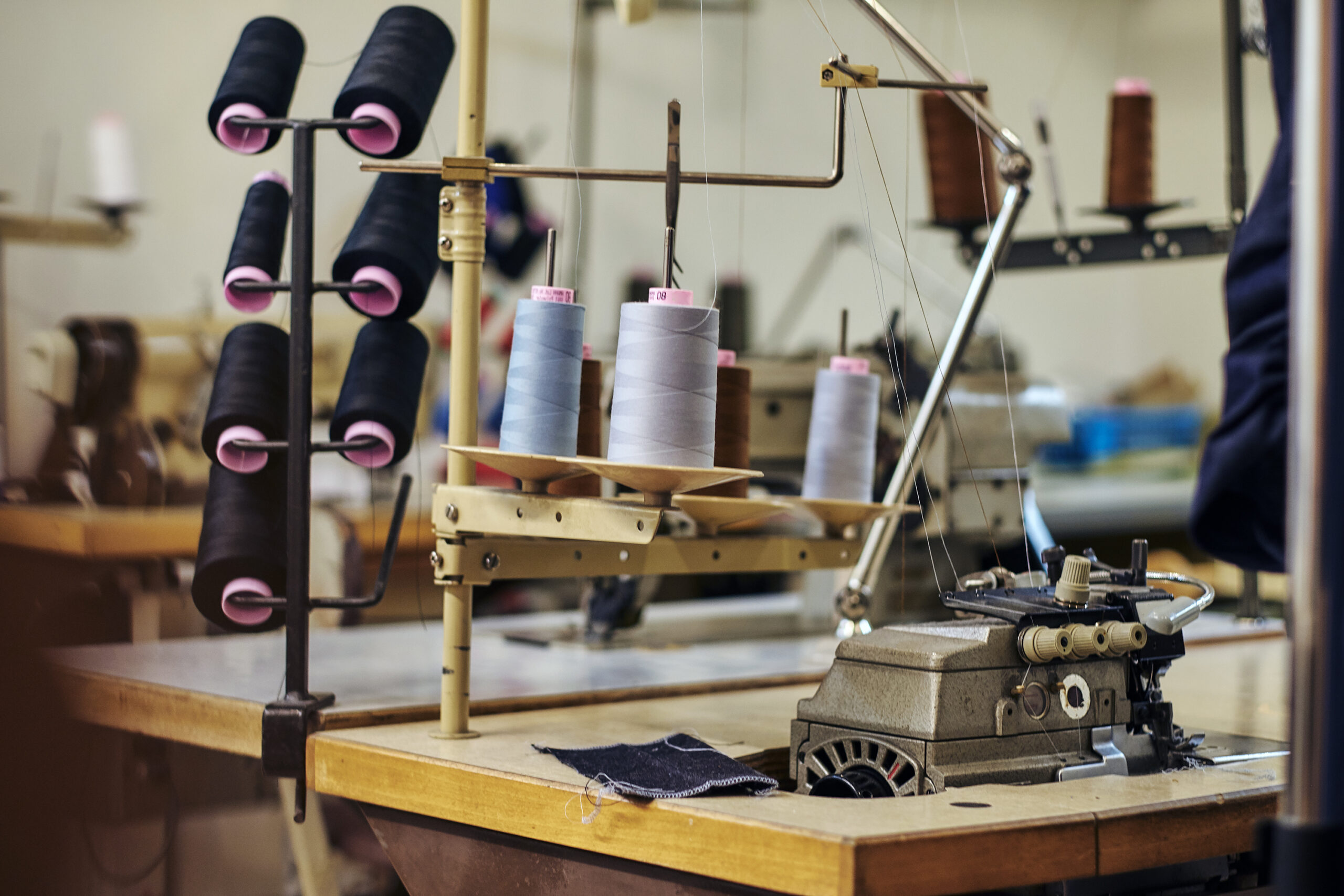Cloth manufacturing has come a long way from its humble origins on handlooms to the high-tech production processes we see today. The evolution of Global Clothes Manufacturing has revolutionized the industry, allowing clothing manufacturers in countries such as the USA, Canada, France, Italy, Holland, Belgium, Poland, and the UK to meet the demands of consumers worldwide. In this blog, we will explore the journey of cloth manufacturing, highlighting the transition from traditional methods to modern technologies. We will also focus on clothing manufacturers in the UK, specifically in the categories of T-shirts & Tops, Hoodies & Sweatshirts, Jeans & Denim, Tracksuits & Twin Sets, Coats & Jackets, Formal Shirts, Sports & Performance wear, Leather Jackets, Nightwear, and accessories like Gloves, Caps & Scarves.
1. Handloom Era: The Beginnings of Cloth Manufacturing
Cloth manufacturing originated with the use of handlooms, where skilled artisans meticulously wove fabrics together. This labor-intensive process limited production capacity, making cloth a valuable commodity. However, with the advancements in technology and the rise of industrialization, the textile industry witnessed a dramatic transformation.
2. Industrial Revolution: Mechanization and Mass Production
The Industrial Revolution introduced mechanization to cloth manufacturing. Power looms and spinning machines revolutionized the industry, enabling manufacturers to produce textiles on a much larger scale. This shift brought significant changes to the workforce and marked the beginning of mass production.
3. Technological Advancements: Automation and Globalization
The 20th century witnessed further technological advancements that propelled cloth manufacturing into the modern era. Automation became increasingly prevalent, with computer-controlled machines streamlining production processes. The advent of synthetic fibers and advanced dyeing techniques expanded the range of fabrics available. With globalization, clothing manufacturers in different countries, including the USA, Canada, France, Italy, Holland, Belgium, Poland, and the UK, began capitalizing on their unique strengths and specialties.
4. Clothing Manufacturers in the UK: Meeting Consumer Demands
The UK’s garment industry has a rich history, and clothing manufacturers in the country have adapted to evolving consumer demands. T-shirts & Tops, Hoodies & Sweatshirts, Jeans & Denim, Tracksuits & Twin Sets, Coats & Jackets, Formal Shirts, Sports & Performance wear, Leather Jackets, Nightwear, and accessories like Gloves, Caps & Scarves are among the diverse range of products manufactured in the UK. UK manufacturers embrace modern technologies and high-quality standards to ensure the production of fashionable and durable clothing items.
5. Sustainable Manufacturing: A Growing Focus
In recent years, sustainability has become a significant concern in cloth manufacturing. Clothing manufacturers in the UK and around the world are adopting eco-friendly practices, including the use of organic materials, reducing waste, and implementing recycling initiatives. This emphasis on sustainability reflects the industry’s commitment to mitigating its environmental impact.
Conclusion:
The evolution of cloth manufacturing from handloom to high-tech has transformed the global clothing industry. Clothing manufacturers in the USA, Canada, France, Italy, Holland, Belgium, Poland, and the UK have embraced technological advancements to meet the demands of consumers worldwide. The UK’s garment sector, with its specialization in various categories such as T-shirts & Tops, Hoodies & Sweatshirts, Jeans & Denim, Tracksuits & Twin Sets, Coats & Jackets, Formal Shirts, Sports & Performance wear, Leather Jackets, Nightwear, and accessories like Gloves, Caps & Scarves, continues to thrive by combining modern technologies with a focus on sustainability. As the industry progresses, cloth manufacturing will undoubtedly continue to evolve, embracing new innovations and techniques to shape the future of fashion


